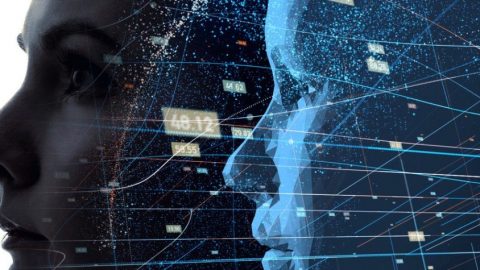
In order to help businesses better understand and easier access to smart production, the world standards organization has set standards and definitions for reference, typically as specialized round terms. technical life, reference model, digital twin, data quality, etc.
For newly issued standards, ISO / TC 184, ISO / IEC JWG 21, ISO / IEC can help businesses visualize the basic structure of an intelligent production model, focusing on the areas such as device lifecycle, technical decentralization, and process restructuring. To create a set of standards, experts need to consolidate, compare and analyze existing typical models. With the active participation of many countries in the world (especially Germany, China, the United States, France, Japan, the United Kingdom and Sweden), the standard super model integrates standards and characteristics. Existing feuds of the related nations have been formed. Based on the above criteria, the organization will determine the general rules needed to establish a reference model for an intelligent production system.
Patrick Lamboley emphasized: Another important factor in determining whether smart production is implemented effectively or not is the “digital twin” technique. ISO / TC 184 SC 4 (standardized industrial data), with ISO 15926. The purpose of this standard is to provide a common language for computer systems, thereby synchronizing information. Digital twin simulates a complete production process on a computer, allowing the operator to easily find the advantages and disadvantages of each production plan, while avoiding unnecessary errors.
“A digital twin is just what happens when you combine all the relevant data streams from an asset or facility in a way that allows a technician or engineer to see what what’s happening to solve the problem, ”said Michael Kanellos, IoT technology analyst at OSIsoft. “Digital thinking can be thought of as equivalent to EKG (electrocardiogram) for equipment or vehicles. It uses technology to synthesize and visualize data. Data is usually available and collected at establishments. It makes data fit together so people can understand and act quickly. That’s what digital twins do.”
Investing in data to accurately model industrial processes is well underway and it is an important part of the digital transformation process. Matt Turner, strategic director of communications & production at enterprise database firm MarkLogic, adds that simply aggregating data and putting it into operation is not enough. It is also about data integrity and ensuring data accuracy. This is also a prerequisite for an efficient production process to operate efficiently.
Productivity and Quality Office